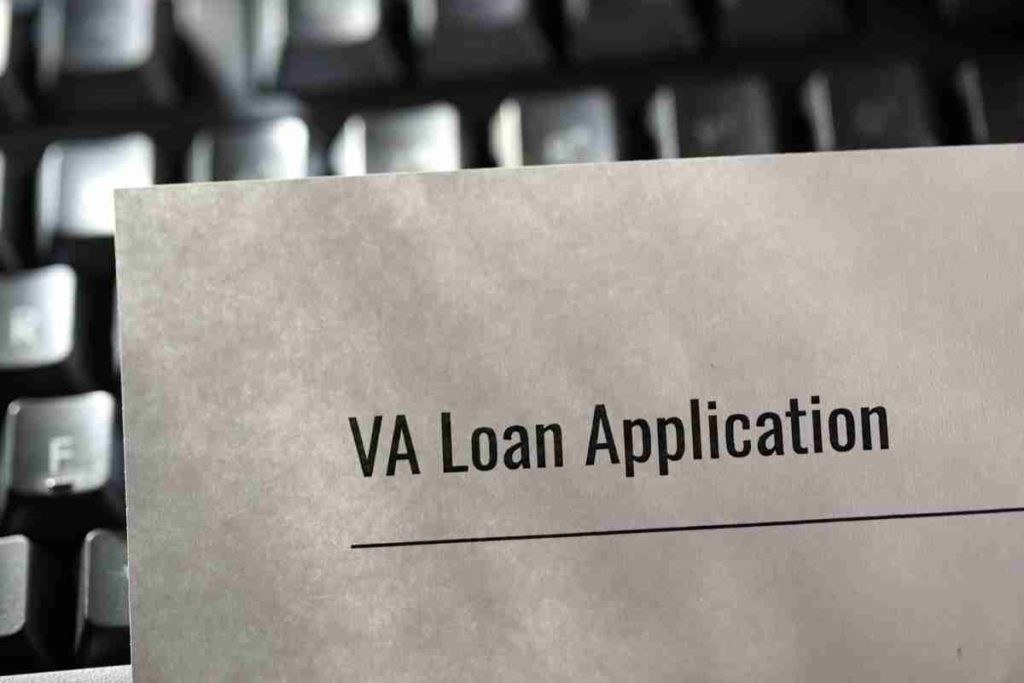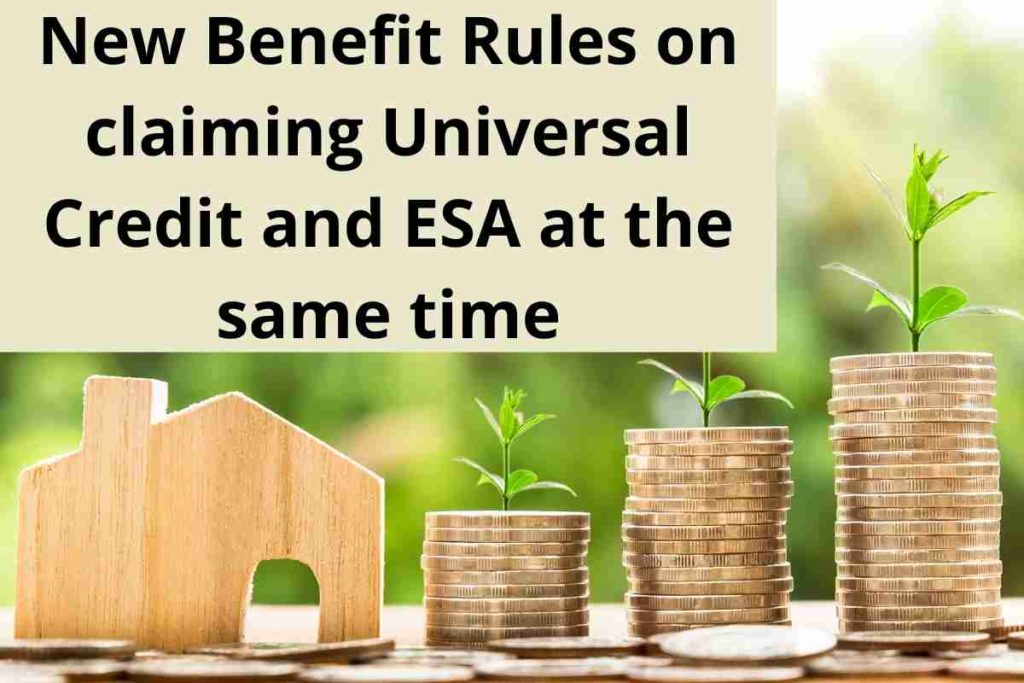A VA loan is a mortgage that is partially backed or guaranteed by the Department of Veterans Affairs and is offered by private lenders. In this piece, we’ll look at how VA loans work and what most borrowers don’t know about them.
VA loans are the most powerful financing option on the market for the vast majority of military borrowers.
Since 1944, these flexible, no-down-payment mortgages have assisted over 24 million military members in becoming homeowners.
Even the most knowledgeable VA borrowers and real estate brokers, however, are often unaware of the program’s unique perks and idiosyncrasies. We’ll look at what a VA loan is and how it works in this article.
What is a Veterans Administration Loan?
A VA loan is a no-money-down mortgage option offered by private lenders and backed or guaranteed in part by the Veterans Administration (VA). For qualifying individuals, a VA loan can be utilized to purchase a primary property or refinance an existing mortgage.
What Is a VA Loan and How Does It Work?
Conventional mortgages are not the same as VA loans. The Veterans Administration (VA) does not issue or originate loans, but it does guarantee a portion of each loan against default. This backing, or guarantee, is what allows private lenders to offer $0 down loans and favorable rates and conditions.
VA loans, on the other hand, function in a similar way to most other mortgage alternatives, with a few exceptions.
The following is a typical VA loan procedure:
1. Obtain Prequalification
Prequalify with a VA lender to determine how much housing you can purchase based on your income, credit, entitlement, and other financial variables. Prequalification is a basic initial step that leads to the preapproval of a VA loan, which is a lot more powerful stage.
2. Obtain a Loan Preapproval Preapproval is a big step that puts you in control and allows you to move quickly when you locate a house you want. To gain a thorough picture of your purchasing capacity, lenders will examine your income and financial details. The ultimate outcome is a letter of preapproval. These letters demonstrate to real estate brokers and house sellers that you’re a capable and serious buyer who knows how to close a deal.
3. Make an offer
It’s time to draft an offer and negotiate a contract with the seller once you and your realtor have found the appropriate VA loan-approved house. It’s critical to locate a VA loan expert you can trust who also understands the ins and outs of VA loans.
4. Complete the VA Appraisal and Underwriting: Once the property is under contract, your lender will require a VA appraisal. The VA appraisal is not a house inspection but rather a mandate of the VA to determine that the property meets fair market value as well as the VA’s minimum property criteria.
At the same time, underwriters will assess your earnings, finances, and relevant papers, as well as the appraisal after it has been completed. If everything checks out, you’ll be given the green light to proceed with your loan closing.
5. Closing: At your loan closing, you’ll sign a variety of legal forms and paperwork and receive the keys to your new house.
How difficult is it to obtain a VA loan?
Because of the eased credit score standards, no down payment, and no maximum loan limit, VA loans are generally straightforward to qualify for qualified Veterans.
VA Loans: 10 Things Most Borrowers Don’t Know
While the VA loan process may be summarized in a few steps, there are numerous aspects of VA mortgages that potential borrowers and agents are unfamiliar with.
1. They may be reused. You can use your whole VA entitlement as many times as you like as long as you pay the loan off each time. Even if you’ve had a VA loan before or currently have one, you might be able to get another.
2. They’re only appropriate for particular sorts of residences. If you want to buy a working farm, a downtown deli, or a fixer-upper, the VA loan may not be ideal for you. It’s generally for “move-in ready” properties like single-family homes, condominiums, modular housing, and some multiunit structures.
3. They’re solely good for principal residences. Don’t waste your time attempting to use your VA loan advantages to buy a Poconos investment property or a vacation house. Although VA loans are intended for main residences, you can utilize this advantage to purchase a duplex or other multiunit property as long as you live in one of the units. The VA allows for exclusions, but lenders may have their own rules that alter occupancy requirements.
4. They aren’t issued by the Veterans Administration. The Veterans Administration isn’t in the business of making house loans. Instead, the government backs each qualifying mortgage loan with a guarantee.
5. However, the government backs them up. The VA usually guarantees up to a quarter of the loan amount if you have a VA entitlement. The guarantee offers lenders peace of mind and aids service members in obtaining favorable terms and prices.
6. They’re still available even if you’ve been through a foreclosure or bankruptcy. A VA loan is available to service members with a bankruptcy or foreclosure history. Borrowers who have had their VA loan foreclosed on can still take advantage of the benefit.
7. There is no mortgage insurance for them. When you don’t put down at least 20% on a home, you’ll have to pay mortgage insurance, which is a monthly price you’ll have to pay with other programs. The VA guarantee removes the need for mortgage insurance or premiums, allowing borrowers to save even more money each month.
8. They have a price tag attached to them. There is no mortgage insurance with a VA loan. However, there is a VA Funding Fee. This fee is required on both purchase and refinances loans in order for the VA to continue to operate the program. It can be folded into the loan amount and completely abolished for those with service-connected disabilities.
9. You have unrestricted access to funds. With the VA loan benefit, qualified veterans can borrow as much as a lender is willing to provide them without having to make a down payment. Obviously, this is a significant benefit. A down payment of at least 5% is usually required for conventional loans, although larger loans can easily surpass 15% to 20%. A $80,000 down payment on a $400,000 home is required as a 20% down payment.
But what about the VA’s borrowing restrictions? You can borrow an unlimited quantity of money. Instead, lenders and the VA use county-level limits to determine how much of a down payment is necessary for Veterans who do not have full access to their VA loan benefits. These limits and the necessity of a down payment are not applicable to buyers who have acquired their full entitlement.
There are no penalties for paying in advance. You may make extra payments at any time, which will save you a lot of money in interest over the course of your loan’s life. You may also set up your payments so that a little amount is automatically deducted each month. You might pay off your debt in years and save tens of thousands of dollars if you set aside an extra $100 every month.
Follow us on Twitter
Also Read Great Neck, N.Y. Receives $13.8M Wifia Loan
Contents





